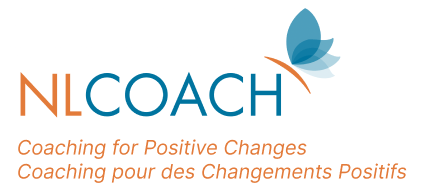Coaching Vs Therapy
What is Coaching
Coaching helps you identify what you want personally and professionally, and then supports you in achieving your goals. It’s a collaborative effort that is based solely on what you want. A coach can help you transform your entire life or work on a specific topic or goal. A coach offers an unbiased view and stretches you to live at your highest potential.
How is coaching different from Therapy or Consulting
Therapy focuses on the past and generally seeks to help the client figure out “why.” Coaching focuses on the present and the future, and helps the client focus on “how.” Consulting generally give clients answers and leave them to implement their plans. Coaching enables clients to determine their own answers through the work done in the coaching alliance, and then supports clients step-by-step to ensure results. Although coaches have specializations in various fields, their real expertise is in the coaching process.
Coaching
- Views both parties as naturally creative, resourceful and whole. Does not diagnose or treat.
- Trained to work with functioning clients. Illness.
- Works with clients that are able to form an alliance and have common goals.
- Co-active model.
- Coach and client are on a peer basis.
- Alliance designed by coach and client together.
- Focus on evolving and manifesting potential.
- Emphasis on present and future
- Action and being oriented
- Solution oriented.
- Explore actions and behaviors that manifest high self-esteem.
- Regard and coach negative self-beliefs as Saboteurs (temporary obstacles).
- Coach and client asl “What’s next / What now?”
- Works mainly with external issues.
- Discourages transference as inappropriate.
- Accountability and “Homework” between sessions held as important.
- Contact between sessions for accountability and “wins” expectred.
- Uses coaching skills
Therapy
- More apt to view clients from a medical model. Diagnoses and treats.
- Trained to work on major mental.
- Works with clients with entrenched problems.
- Therapist the “expert”
- Hierarchical difference between therapist and client.
- Treatment plan largely designed by the therapist.
- Focus on healing and understanding.
- Emphasis on past and present.
- Insight oriented.
- Problem oriented.
- Explore genesis of behaviors that create low self-esteem.
- Analyze and treat origins and historical roots of negative self-beliefs.
- Therapist and client ask: “Why and from where?”
- Works mainly with internal issues.
- Encourages transference as therapy tool.
- Accountability less commonly expected.
- Contact between sessions for crisis and difficulties only.
- Uses therapy techniques.
